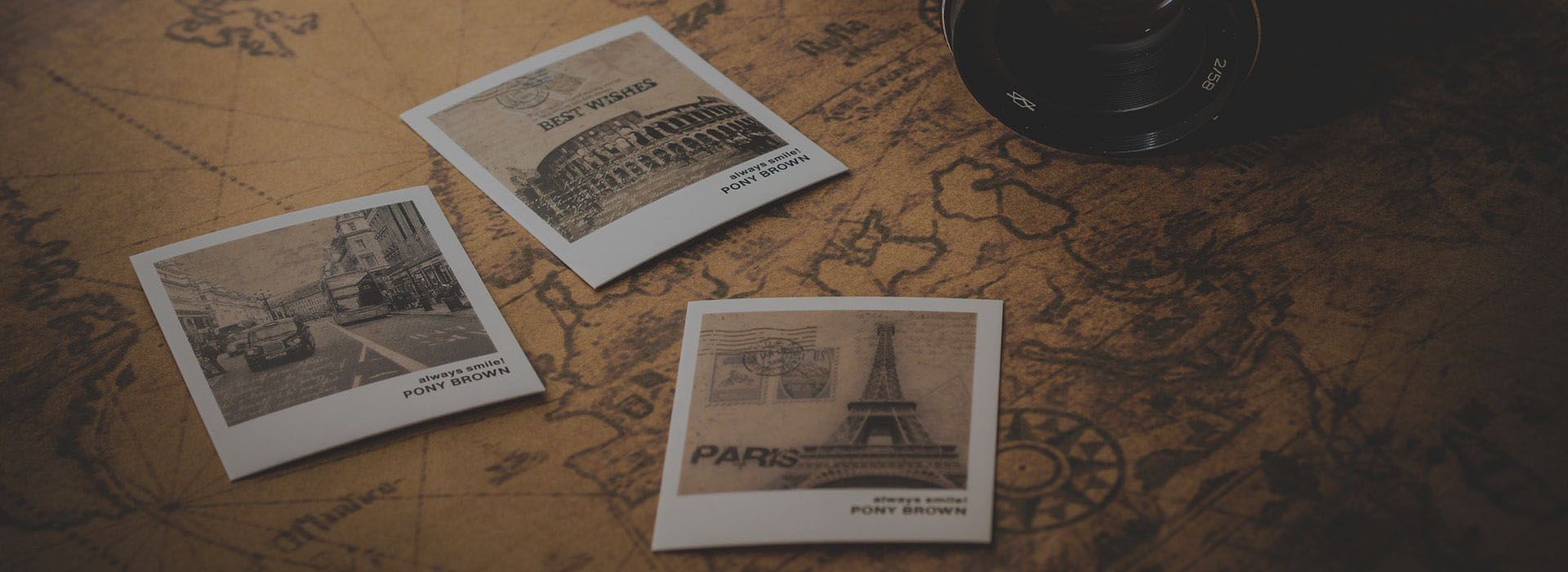Fujian
Fuzhou
The capital city of beautiful Fujian province, Fuzhou is located to the north of picturesque Xiamen. Whether business or leisure brings you here, a pleasant time is to be expected. Relax in the many hot springs found in or near the city. Fuzhou is a city with a history dating back over 2000 years but its modern laid back life style is evident. The city has a back drop of mountains including Mount Fu where the city derives its name. Enjoy the traditional crafts that the city is famous for – but make time to enjoy the local food, you will not be disappointed.
Jade Hill Scenic Park
Enjoy the peaceful surroundings of this centrally located park whilst looking skywards, viewing the impressive Fuzhou sky line. A nice place to enjoy lunch before hitting the hustle and bustle of the city.
Fuzhou Seafood
Fujian Province is provided for by the bounty of the sea, and theree are few places better than Fuzhou to enjoy the fruits of the Ocean.
Taimu Mountain
Taimu mountain is a 2 – 2.5 hour drive from Fuzhou and is less well known but equally beautiful as the more famous Wu Yi Mountain also found in Fujian Province. Enjoy both inland views and the distant ocean.
Quanzhou
Quanzhou has acted as an important port city as far back as the Song Dynasty (960-1279) As the starting point of the Sea Silk Road the maritime history of the region is immense. A pleasant city with great local seafood!
Kaiyuan Temple
Dating back over 1400 years, Kaiyuan Temple is one of the oldest temples in Quanzhou. The temple has suffered numerous disasters over its life time. The most recent was during the cultural revolution
Qingjing Mosque
A fascinating mosque dating back to 1000 AD. As a port city with traders from across the globe, the mosque was built by Arabian visitors and restored 300 years later. Very much Islamic without the fusion of Chinese architecture – rare indeed.
Guandi Temple
Located close to the Qingjing Mosque, the temple is dedicated to the God of War – Guan Yu.
Mazu Temple
The temple is dedicated to the Goddess of the Sea – Ma Zu.
Maritime Museum
The Maritime Museum of Quanzhou offers an insight into the incredible and rich maritime history of Quanzhou. Exhibits include the development of Chinese Ship building.
Chongwu
50 kilometres from Quanzhou is Chongwu the ancient stone walled town. Dating back over 700 years, the area had been at the heart of fierce battles between the Chinese Ming Dynasty and Japanese Pirates.
Wuyishan
Wuyi Mountain, located in south-east China’s Fujian province, on the border with Jiangxi Province, is in fact a series of red sandstone hills covering about 50 square kilometres and is arguably one of China’s best known beauty spots. The area is said to combine the awe of Huangshan Mountain, the elegance of the Guilin peaks and the grandeur of Mount Tai. Apart from its scenery, the Wuyi Mountain area contains many historical relics, such as the “Boat Coffins in Cliff Caves”. From the Qin and Han dynasties, many Taoists visited the area to preach their doctrines and more than 300 monasteries, towers and pavilions were built, with a little over 700 inscriptions carved into the red rock.
Wuyi Canyon
Wuyi Canyon is a good place to kick back and simply drift along in the water. The Wuyi Canyon is 14 kilometres long and has a drop of about 150 meters along its length. This stretch of water belongs to the Tongmu Brook, which is one of the sources of the Nine Bends Brook which meanders between rocks and gorges. When drifting gently with the water’s flow, you can appreciate the lush trees on spectacular mountains as well as the fish swimming in the brook. A refreshing cool breeze brushes past you as you feel the splash of water upon your face where the water rushes through the narrows between high cliffs. Altogether an exciting adventure in awe-inspiring surroundings.
Mount Longjing
Mount Longjing is located on the southeast of Mount Wuyi. It enjoys a pleasant climate, warm in summer and cool in winter. Here you will find a good number of rare wild animals living on the land and plentiful supply of vegetation covering the fertile earth. All year round, wild flowers bloom and trees thrive. Here you will find the Qiyu Hall. Since the Song Dynasty (960 – 1279), the Qiyu Hall has been a place where people prayed for rain and other blessings from the gods. When there was a drought, the local people from some distance around would travel to the hall and pray for rain. Thanks to the serene environment, Mount Longjing is an ideal place for relaxation and outdoors activities.
Xiamei Folk Buildings
Located about 12 kilometres southeast of Wuyishan City you will find the ancient Xiamei Village. Walking in the Xiamei Village with its profound culture and rich history, it carries you back in time to the Ming (1368 – 1644) and the Qing (1644 – 1911) Dynasties. Even today many of its buildings are still very well preserved. Xiamei village is also a major distribution centre for tea produced in Mount Wuyi. Tea merchants constructed more than 70 houses in this village. There are also many other well-designed senior officials’ and Confucian scholars’ houses. Tea is wonderfully refreshing when taking a rest in a local teahouse. Chinese tea is a kind of culture all of its own. When you drink tea for the first time, you will be impressed by its flavour and fragrance. The Bohea and the Oolong Tea are grown locally in the Mount Wuyi area. Bohea is the variety of tea that grows on the mist-covered Mount Wuyi. The Oolong is another variety of tea with relatively strong flavour.
Xiamen
It is said that there is one Chinese city with a population of over one million inhabitants for every day of the year, but there is one city of 1.4 Million inhabitants that you will enjoy above most others.
Xiamen is situated in the South East of China, in Fujian Province.
Fujian Province is rich in commanding mountains and winding river valleys. This contrasts with the lush coastline, dotted with cities, whose trade links have, for centuries, kept China in touch with the outside world.
Xiamen is regarded by many as the Jewel in Fujian’s crown. Old world charm of a city which has prospered over the ages. Founded over 700 years ago in the early days of the Ming Dynasty, strategically positioned as a gateway for commerce and trade, the Xiamen of today still holds much of its old world charm, in a relaxed coastal setting.
A beautiful setting and a rich history are of interest to those who visit Xiamen, and this ‘old world charm’ has many influences. In the sixteen Century the Portuguese arrived, followed by the British, Dutch, and French, all with limited success. In 1841 during the Opium wars, Xiamen or Amoy as it was known in the West was one of the first treaty cities, and was forced to open by the British.
Xiamen is unique in China, as one of the only cities to still display its colonial past. Buildings of this era have been carefully restored, and provide a pleasant back drop to the lively and abundant city we see today.
The City is well balanced with the past and ultra modern present sitting comfortably together. Xiamen is a city that appears quietly confident that it is well placed to be a part of modern China. As a visitor in this city, you feel that everything is laid back, and it is, yet everything seems to be in order, with a minimum of fuss. Xiamen has also been voted China’s cleanest city.
Gulang Yu
A brief 10 minute ferry ride from the waterfront is the quaint and picturesque island of Gulang Yu or Piano Island. Designed and built by Xiamen’s foreign community in the 1890’s, Gulang Yu is a wonderful way to pass the day. Exploring the narrow lanes and admiring the colonial homes of yesteryear, it is easy to imagine the era of times gone by. At one time, home to the Western elite, at its height Gulang Yu produced its own English daily newspaper to cater for those privileged few. Gulang Yu retains its ambience and provides a visit to the past in contrast to the modernity found throughout China’s eastern seaboard.
Returning to Xiamen, and a seafood lover’s delight. As a coastal city, fresh produce is mandatory and the locals will tell you that the Oysters and Shrimps are the best you will find anywhere. Don’t forget to also try the Peanut soup, a delicious regional specialty.
Riyuegu Hot Springs
After you have taken advantage of the ocean’s own supermarket, it is time to relax as the Xiamenese do! Xiamen has many opportunities to pamper and unwind. No better example of this can be found at the Riyuegu Hot Springs resort, a thirty minute drive from Xiamen’s CBD. Indulgence and luxury surround you as you relax and rejuvenate through hot springs, used for their healing qualities for over 400 years.
Gong Fu Cha (Tea ceremony)
Meaning “performed with care”, a traditional Gongfu tea ceremony highlights the skills required to make a truly great cup of tea. Locals maintain that the tea ceremony concentrates on the quality and aroma of the tea, not the quantity or cost.
Nanputuo Temple
First built during the Tang Dynasty (618-908) and rebuilt several times over hundreds of years, the Nanputuo Temple is still today a living and breathing temple with sounds of chanting heard through out the day. The large temple is modern looking and well worth a visit. Enjoy a Vegetarian lunch on site.
Kuiju Lou
One of the earlier Hakka buildings (1834), Kujiu Lou is in the less common square style as opposed to the traditional round or circular style.


